While most people think of museums as grand halls filled with ancient artifacts or famous paintings, the world is actually packed with quirky institutions dedicated to the most unexpected subjects imaginable. From failed relationships to instant noodles, these specialized museums prove that humans will collect and display just about anything when it tells an interesting story.
These unusual collections often reveal more about human nature and cultural obsessions than traditional museums sometimes do. Here is a list of 17 unique museums that showcase the wonderfully weird side of our collective desire to preserve and share knowledge.
Museum of Broken Relationships
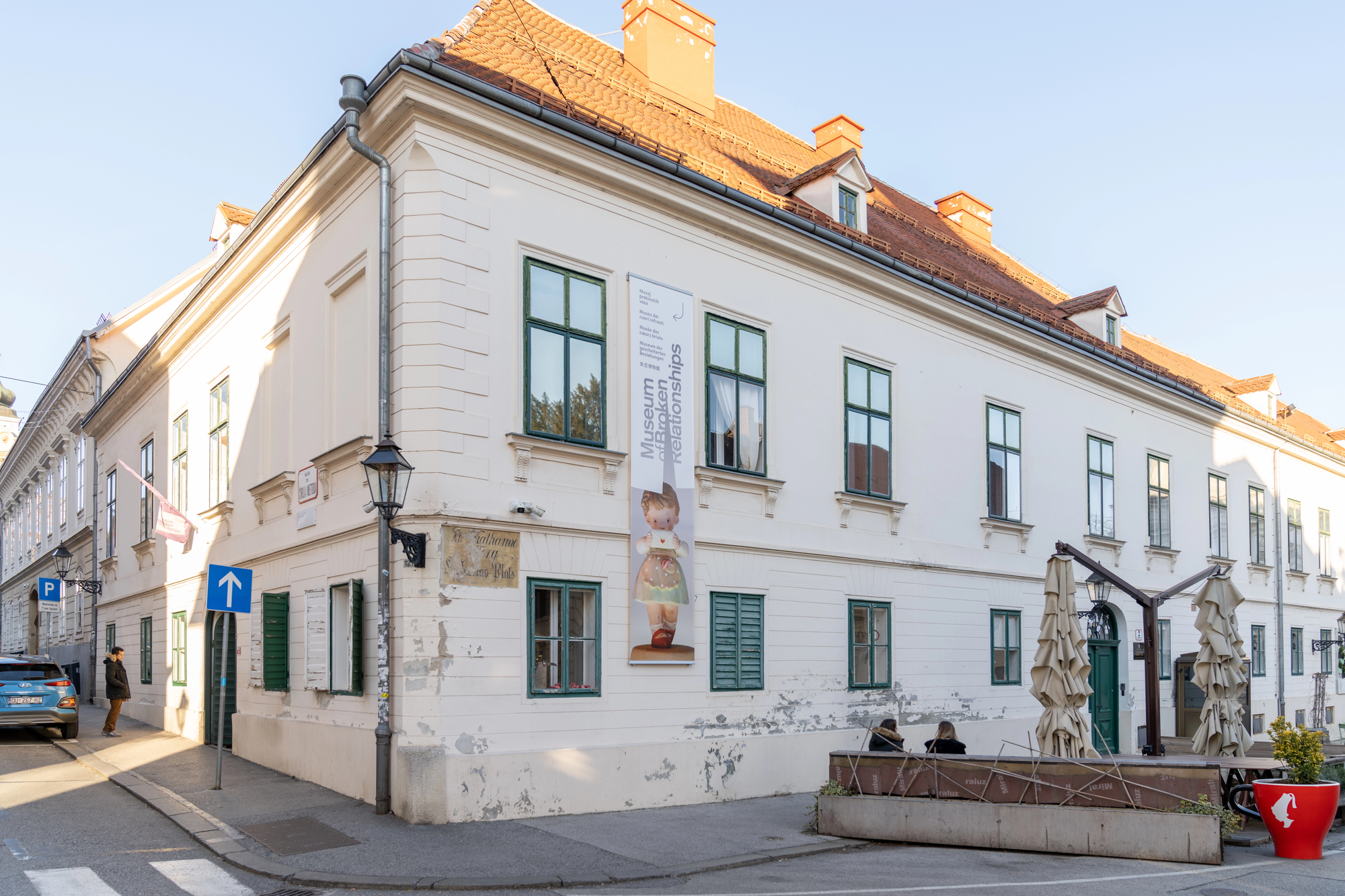
Croatia’s Zagreb hosts this emotionally charged museum where visitors can explore the remnants of failed romances through donated personal items and their accompanying stories. A pair of handcuffs from Berlin sits next to love letters from Tokyo, each piece representing someone’s attempt to find closure by sharing their heartbreak with strangers.
The museum transforms what could be a depressing experience into something oddly healing, as visitors realize they’re not alone in their romantic disasters. Founded by two artists after their own breakup, this institution has become so popular that it now has permanent locations in multiple cities worldwide.
Cup Noodles Museum

Japan’s Yokohama celebrates the invention of instant ramen with an entire museum dedicated to this college dorm staple that changed eating habits globally. Visitors can create their own custom cup noodle flavors, learning how a simple idea from 1958 revolutionized convenience food forever.
The museum includes a timeline showing how instant noodles spread across different countries, adapting to local tastes while maintaining their essential quick-cooking appeal. Interactive exhibits let you experience the noodle-making process firsthand, making you appreciate the engineering behind something most people take for granted.
International Cryptozoology Museum
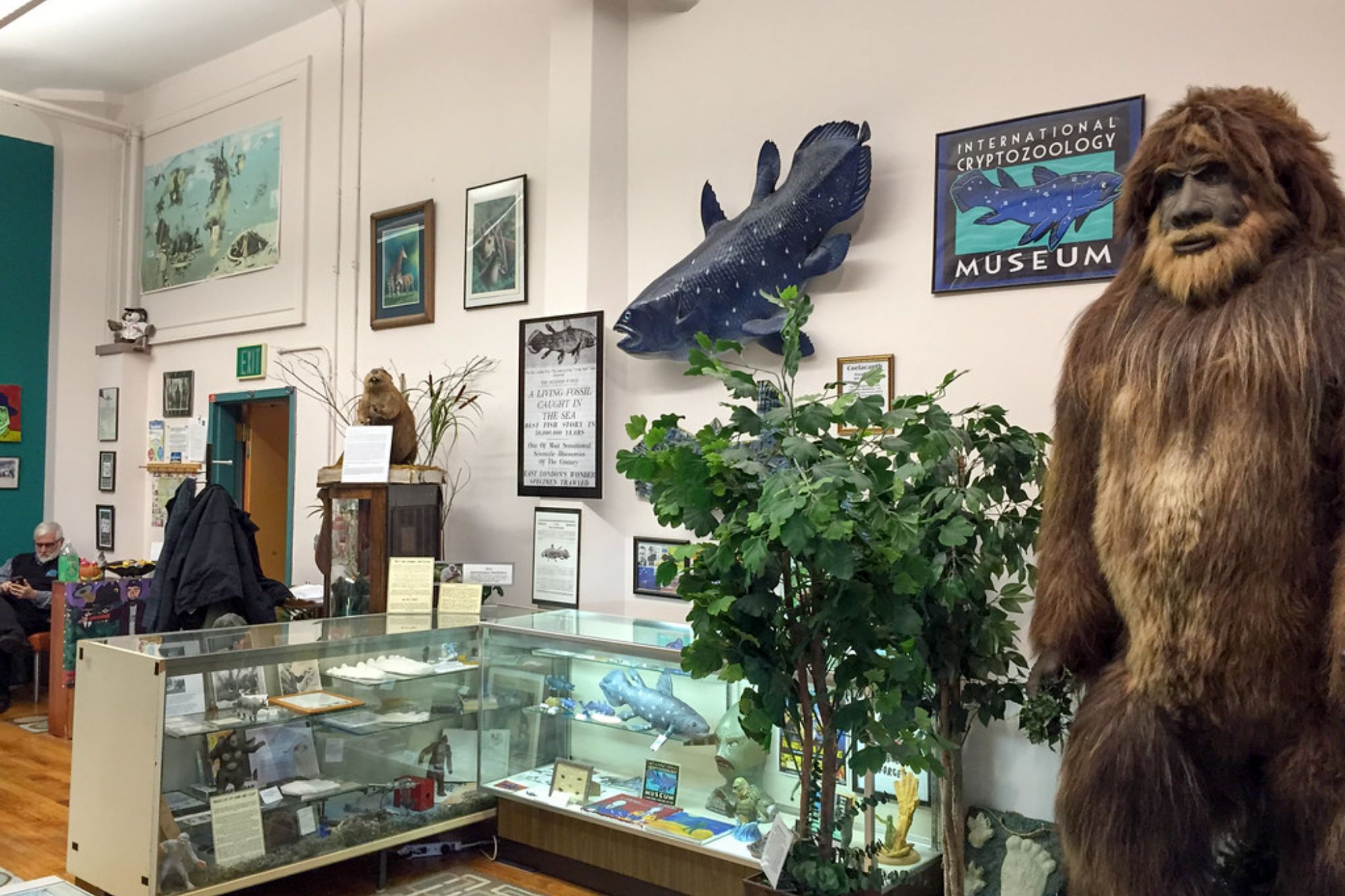
Maine’s Portland houses the world’s largest collection of evidence related to creatures that may or may not exist, from Bigfoot to the Loch Ness Monster. The museum takes a surprisingly scientific approach to legendary creatures, examining folklore, eyewitness accounts, and physical evidence with the seriousness of a natural history institution.
Plaster casts of mysterious footprints sit alongside hair samples and blurry photographs, creating an atmosphere that’s part detective story and part nature documentary. Even skeptics find themselves drawn into the possibility that somewhere out there, unknown creatures might be hiding from human discovery.
Like Travel Pug’s content? Follow us on MSN.
National Mustard Museum
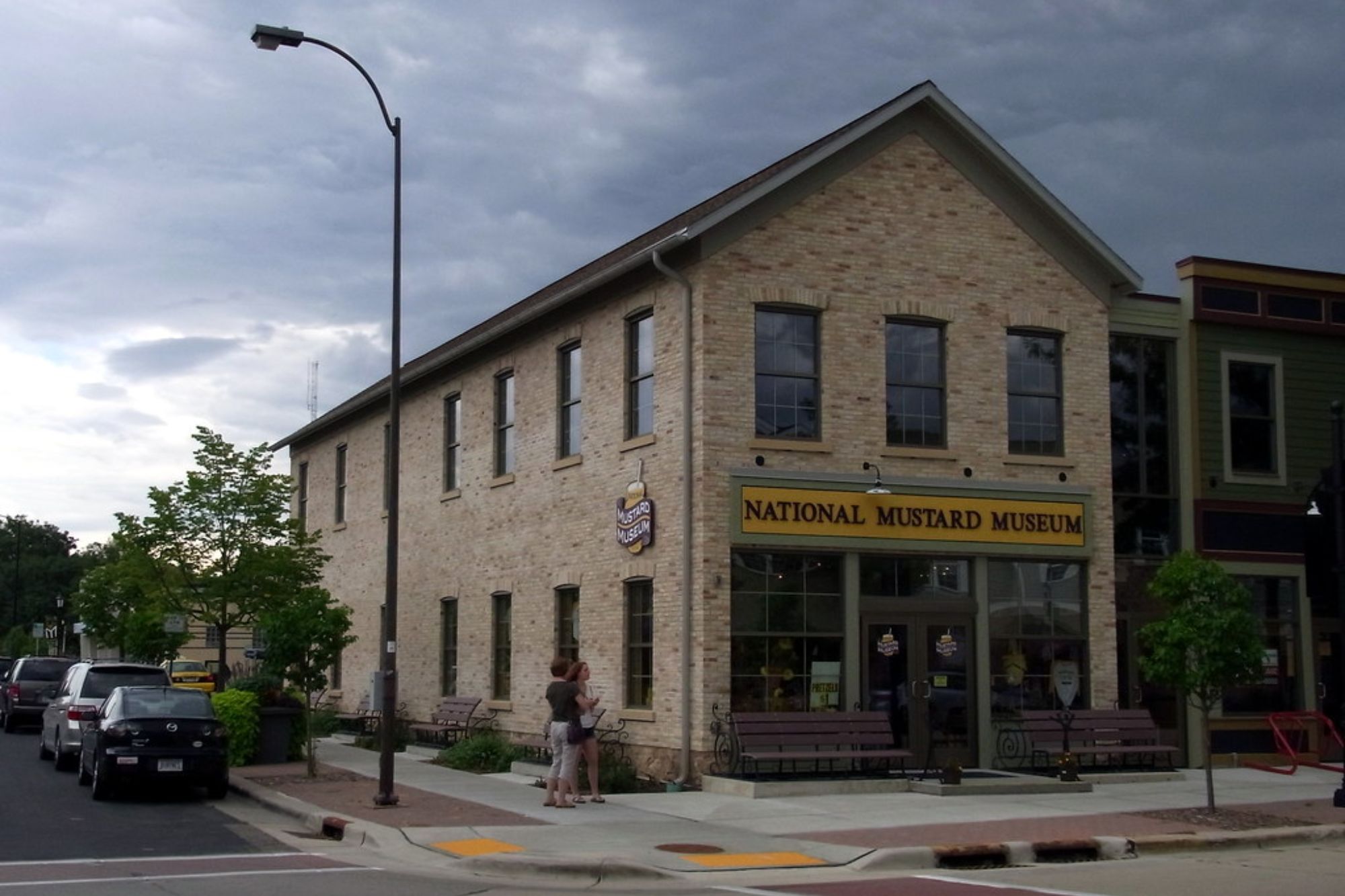
Wisconsin’s Middleton celebrates America’s favorite condiment with over 6,000 different mustard varieties from around the world, proving that some obsessions deserve their own institutions. The museum started when founder Barry Levenson experienced a middle-aged crisis in a Boston grocery store and found himself strangely comforted by the mustard aisle.
Visitors can sample exotic flavors like wasabi mustard from Japan or beer mustard from Germany, discovering that this simple condiment has inspired incredible creativity across cultures. The gift shop lets you take home mustards you never knew existed, turning every future sandwich into a potential adventure.
Hair Museum

Turkey’s Avanos features a cave filled with over 16,000 locks of women’s hair, each accompanied by the donor’s name and address in what might be the world’s most unusual guest book. A local potter started the collection in the 1970s when a female friend left him a lock of her hair as a keepsake, and somehow convinced thousands of other women to do the same over the decades.
The museum resembles something between an art installation and a slightly creepy shrine, with hair of every color and texture creating a tapestry that covers the cave walls. Despite its odd nature, the museum has become a pilgrimage site for visitors who want to contribute their own locks to this growing monument to human connection.
Torture Museum
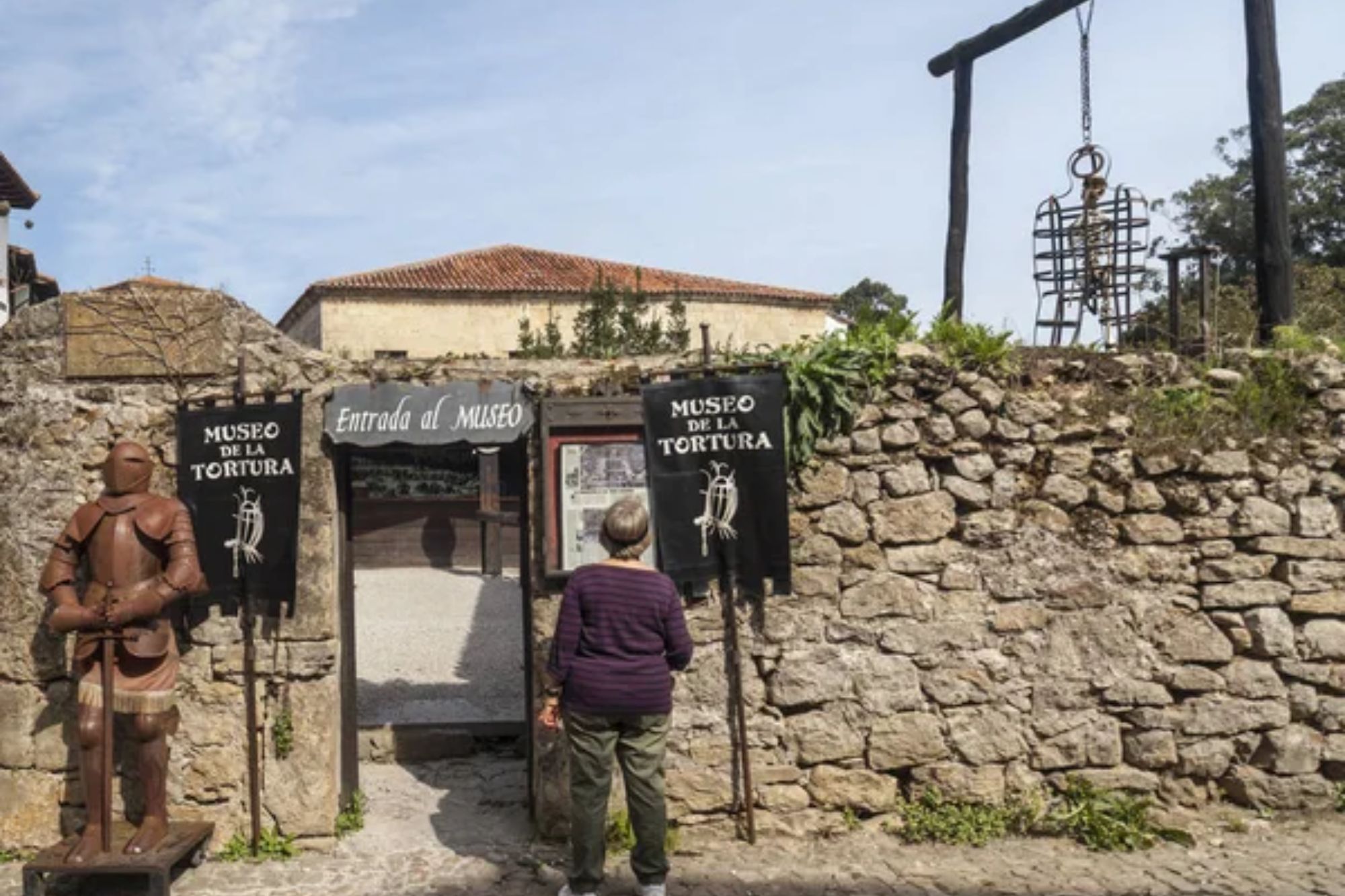
Amsterdam’s medieval torture collection displays the dark creativity humans have applied to inflicting pain throughout history, serving as a sobering reminder of humanity’s capacity for cruelty. The museum doesn’t glorify torture but rather educates visitors about historical practices while examining how societies have justified such treatments.
Original devices from the Spanish Inquisition sit alongside detailed explanations of their use, creating an experience that’s educational rather than sensational. The museum forces visitors to confront uncomfortable truths about human nature while appreciating how far most societies have progressed in terms of human rights.
Like Travel Pug’s content? Follow us on MSN.
Banana Museum
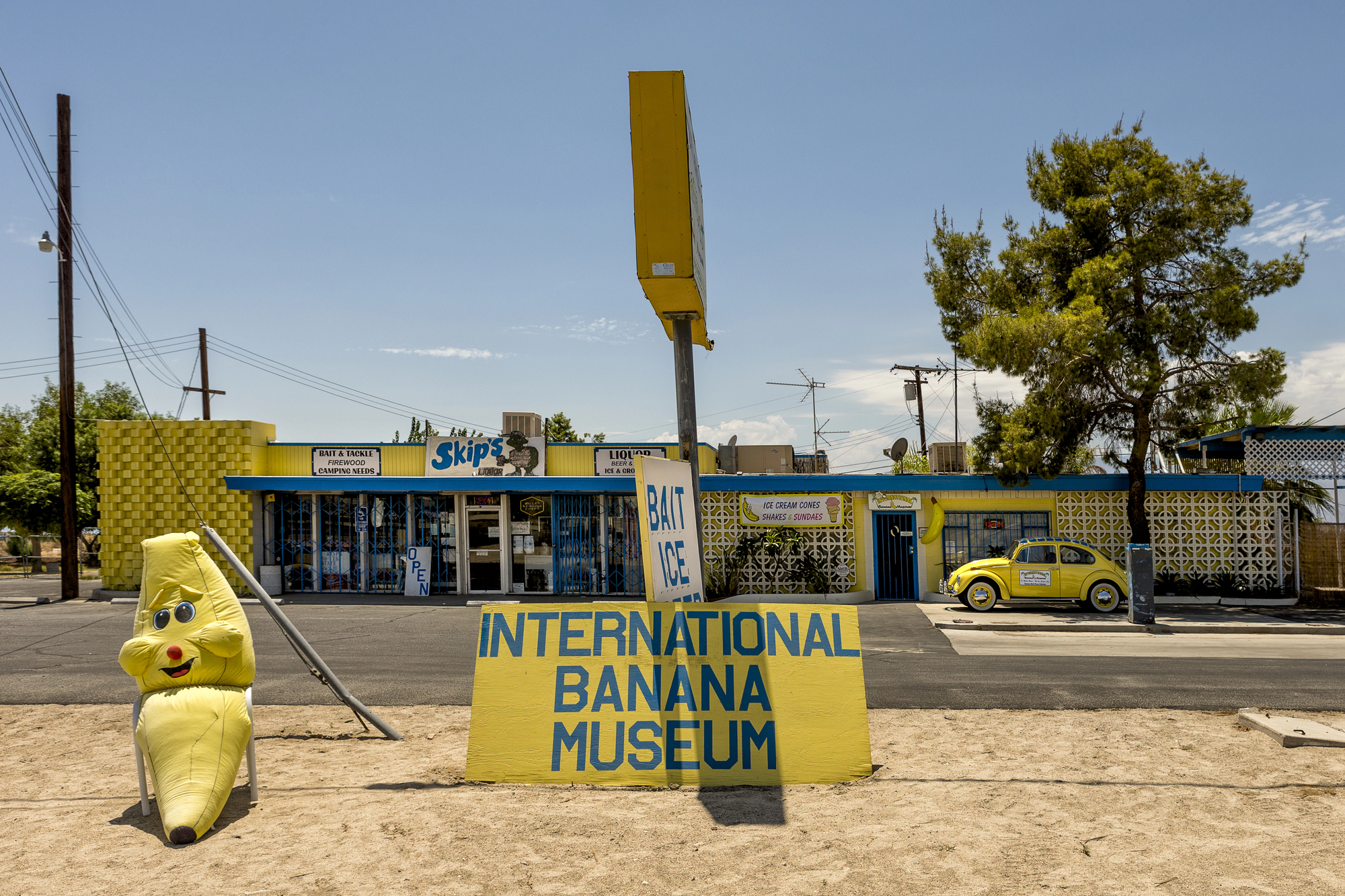
California’s Hesperia houses the world’s largest collection of banana-related items, with over 25,000 pieces ranging from banana-shaped phones to banana art from around the globe. The museum started as one woman’s quirky hobby and grew into a celebration of how this simple fruit has influenced art, advertising, and popular culture.
Visitors discover banana references in everything from vintage advertisements to modern sculpture, proving that inspiration can come from the most ordinary sources. The museum demonstrates how collecting can become an art form itself, transforming a simple interest into a comprehensive cultural study.
Bad Art Museum
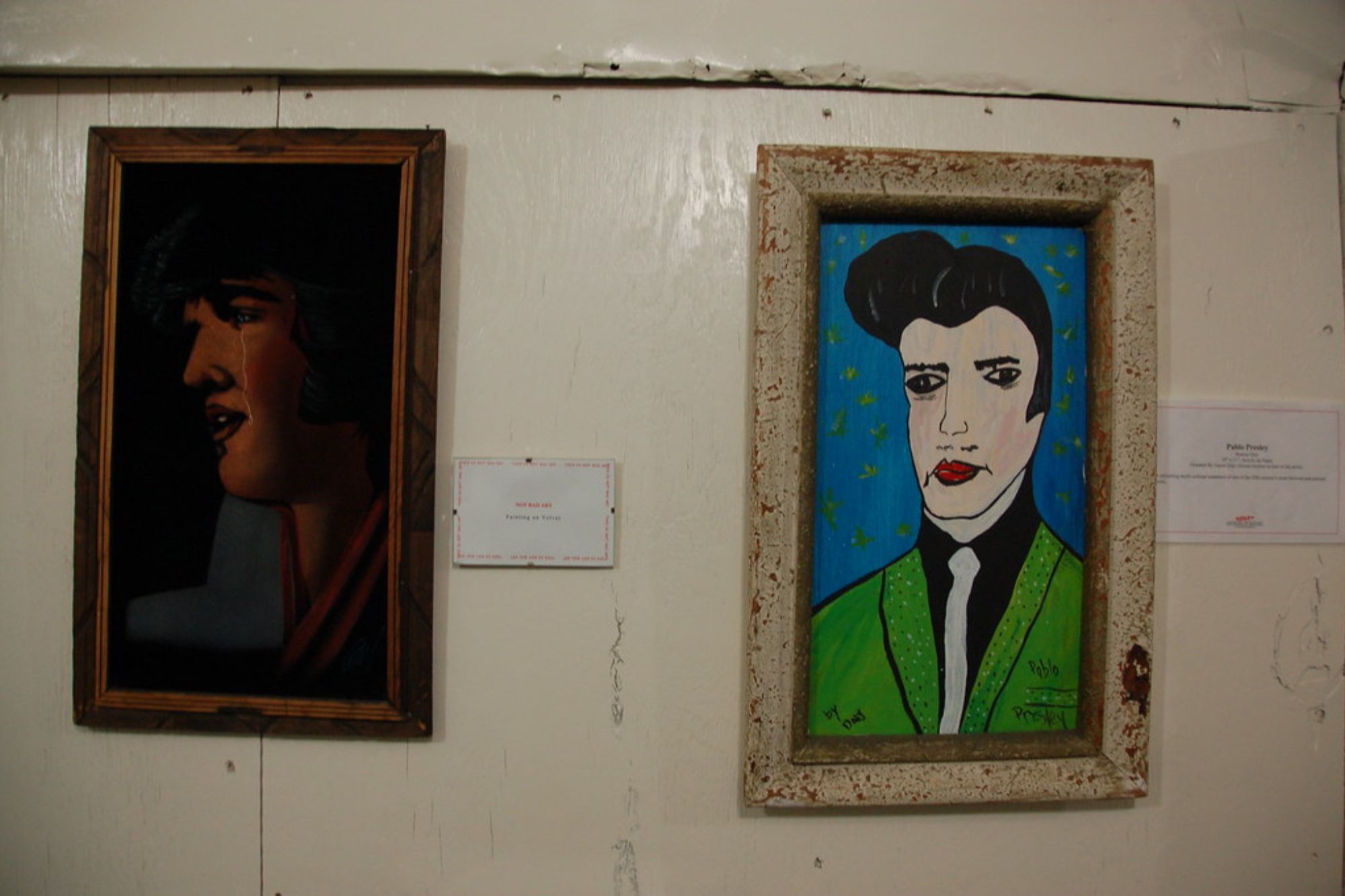
Massachusetts’s Dedham celebrates the other end of the artistic spectrum with a collection of art that’s ‘too bad to ignore,’ giving failed masterpieces the recognition they never wanted. The museum’s mission involves rescuing artworks from thrift stores and garage sales, providing them with the professional presentation they ironically don’t deserve.
Each piece comes with a detailed description written in the same serious tone used for actual masterpieces, creating an unexpectedly hilarious commentary on art criticism. The museum proves that failure can be just as fascinating as success, especially when it’s displayed with enough confidence to make visitors question their own artistic judgment.
Leila’s Hair Museum
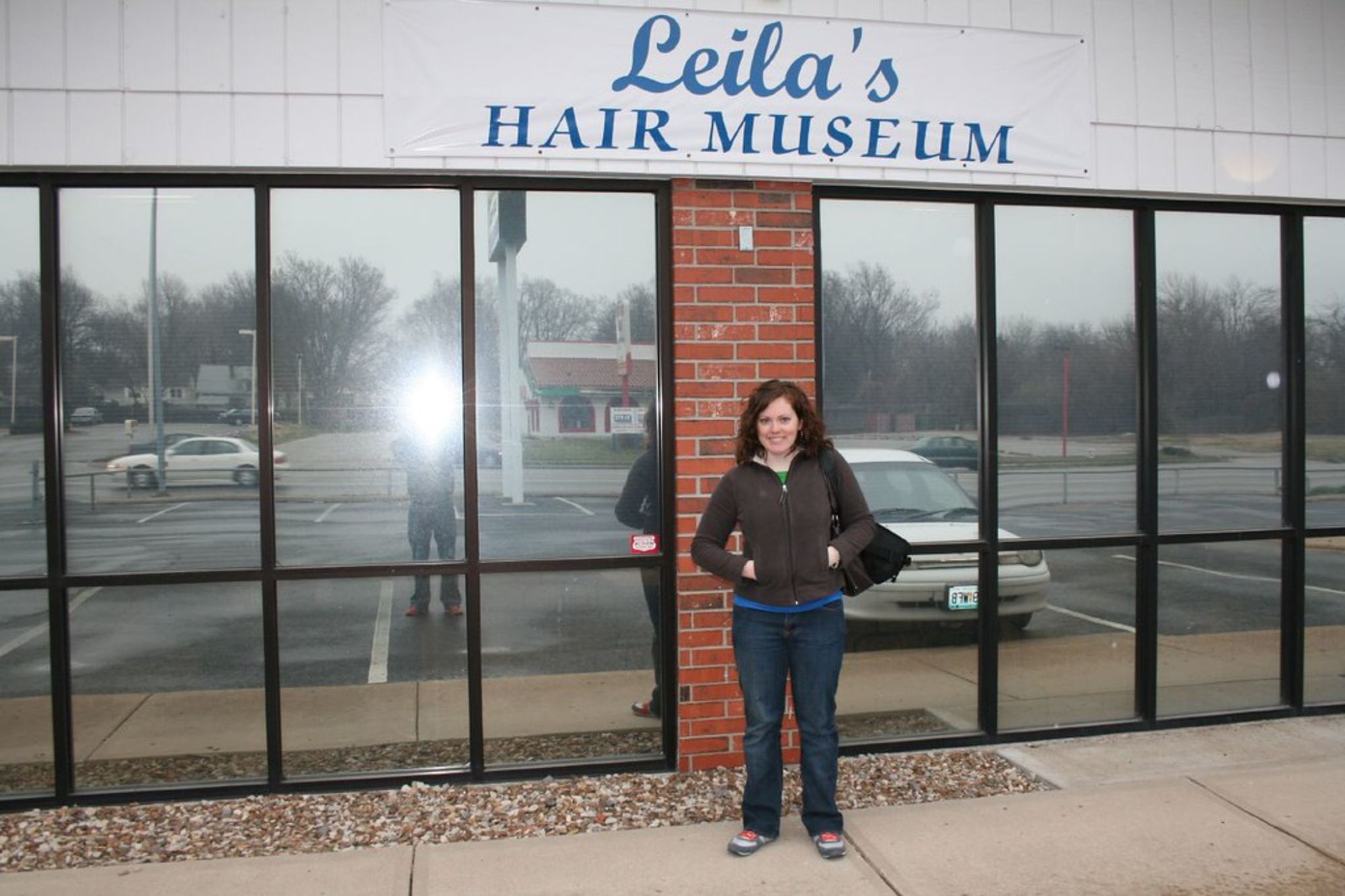
Missouri’s Independence showcases Victorian-era hair art, where elaborate jewelry and decorative pieces were crafted from human hair as keepsakes and mourning jewelry. The museum displays over 2,000 pieces of hair art, demonstrating a craft that modern people find bizarre but was once considered the height of sentimental sophistication.
Intricate wreaths made from entire families’ hair sit alongside delicate bracelets woven from a single person’s locks, representing a time when keeping pieces of loved ones was literally fashionable. The collection reveals how dramatically cultural attitudes toward death, memory, and personal keepsakes have changed over just a few generations.
Like Travel Pug’s content? Follow us on MSN.
Spam Museum
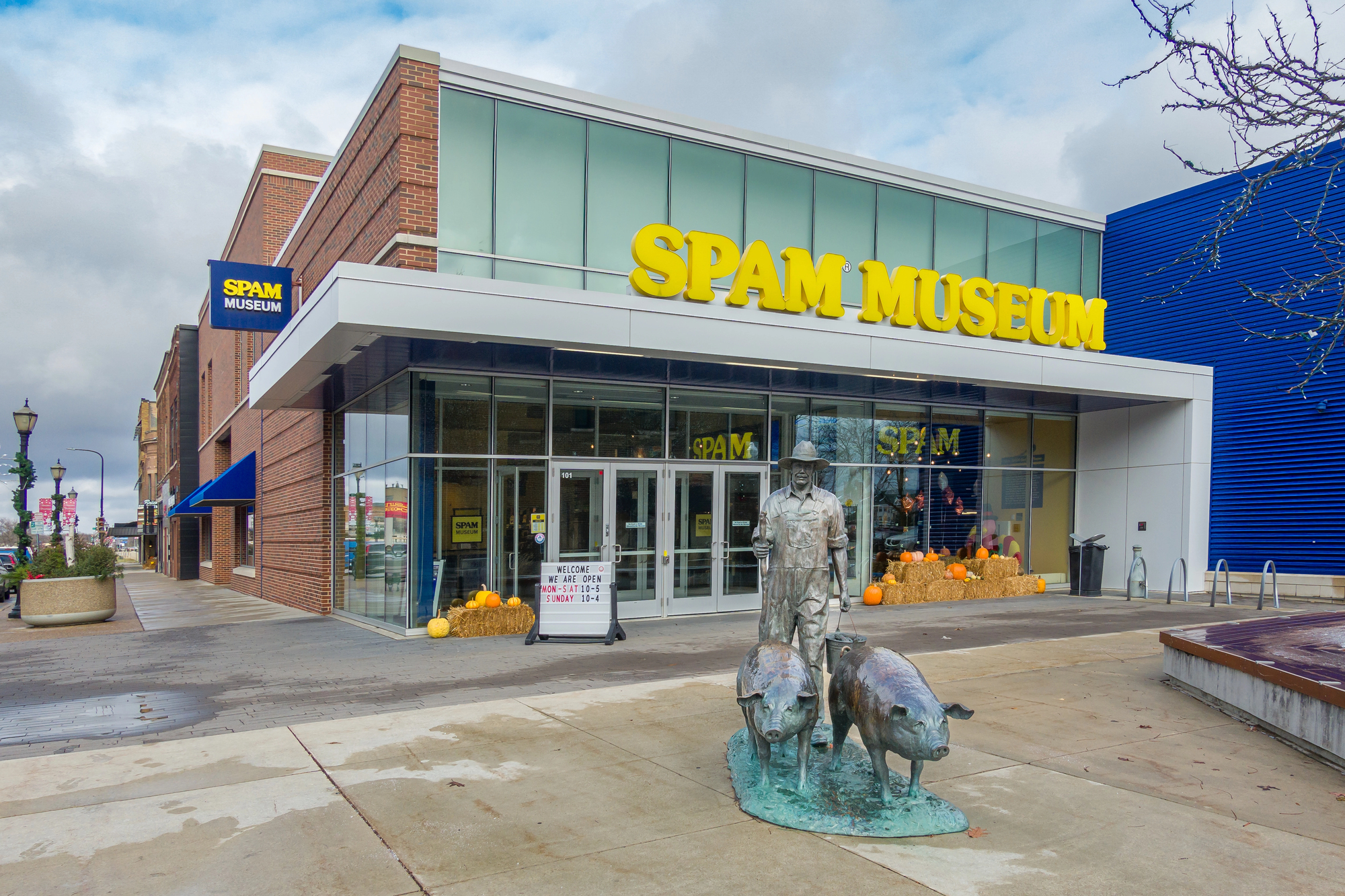
Minnesota’s Austin honors the canned meat that became a global phenomenon, especially during World War II, when it fed soldiers and civilians across multiple continents. The museum traces Spam’s journey from Depression-era invention to cultural icon, examining how this processed meat became both beloved and mocked worldwide.
Interactive exhibits let visitors experience a Spam canning line while learning about the product’s surprising role in international cuisine, from Hawaiian musubi to Korean army stew. The museum treats its subject with appropriate seriousness while acknowledging the humor inherent in dedicating an entire institution to canned meat.
Toilet Seat Art Museum
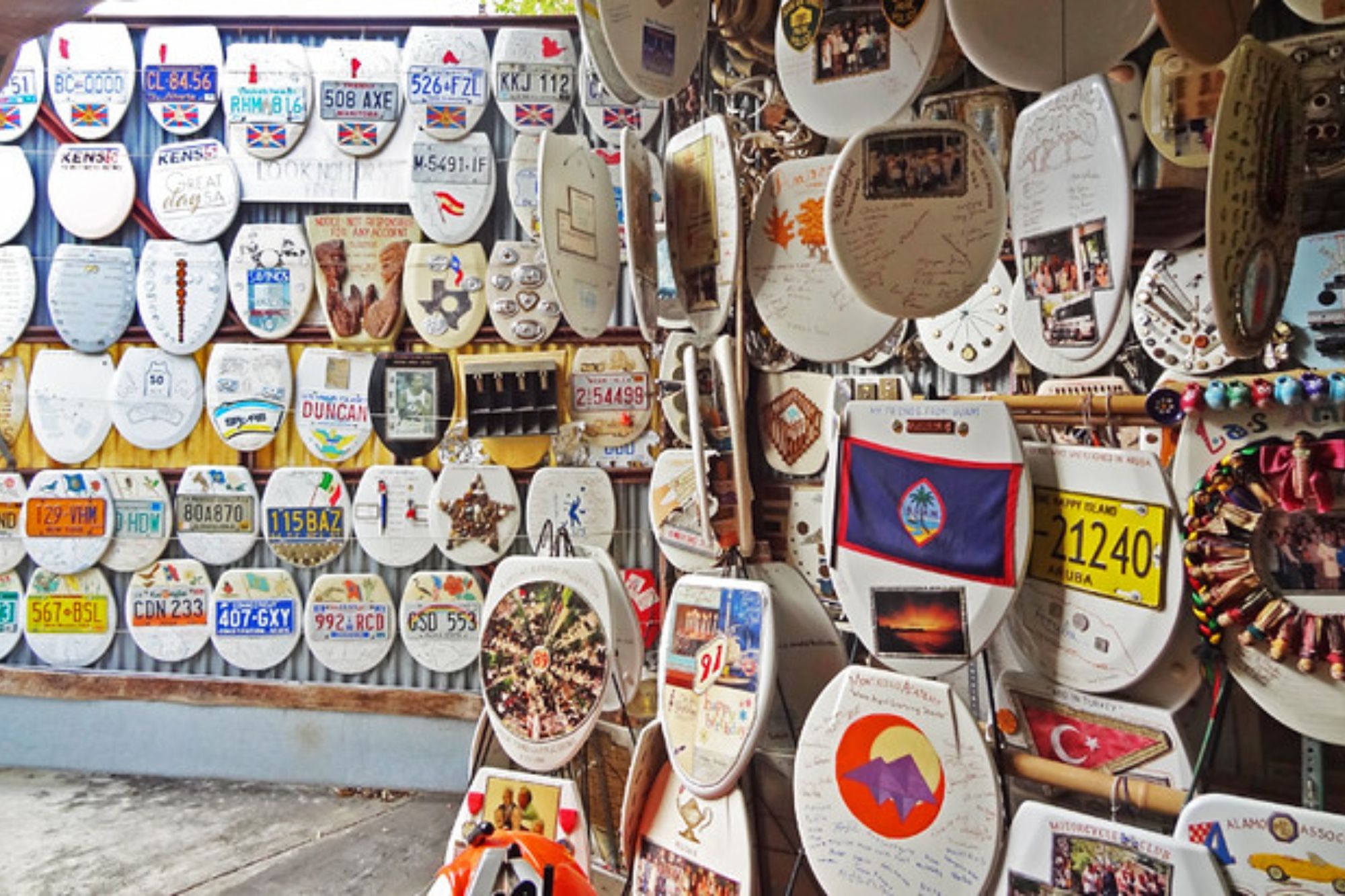
Texas’s San Antonio celebrates the artistic potential of bathroom fixtures with over 1,000 decorated toilet seats created by local artist Barney Smith over five decades. Each seat tells a story, incorporating everything from coins and stamps to pieces of the Berlin Wall, transforming functional objects into personal historical records.
The museum operates out of Smith’s garage, creating an intimate atmosphere where visitors can hear firsthand about the inspiration behind each unusual artwork. The collection demonstrates how art can emerge from the most unexpected materials when combined with sufficient creativity and dedication.
Museum of Jurassic Technology
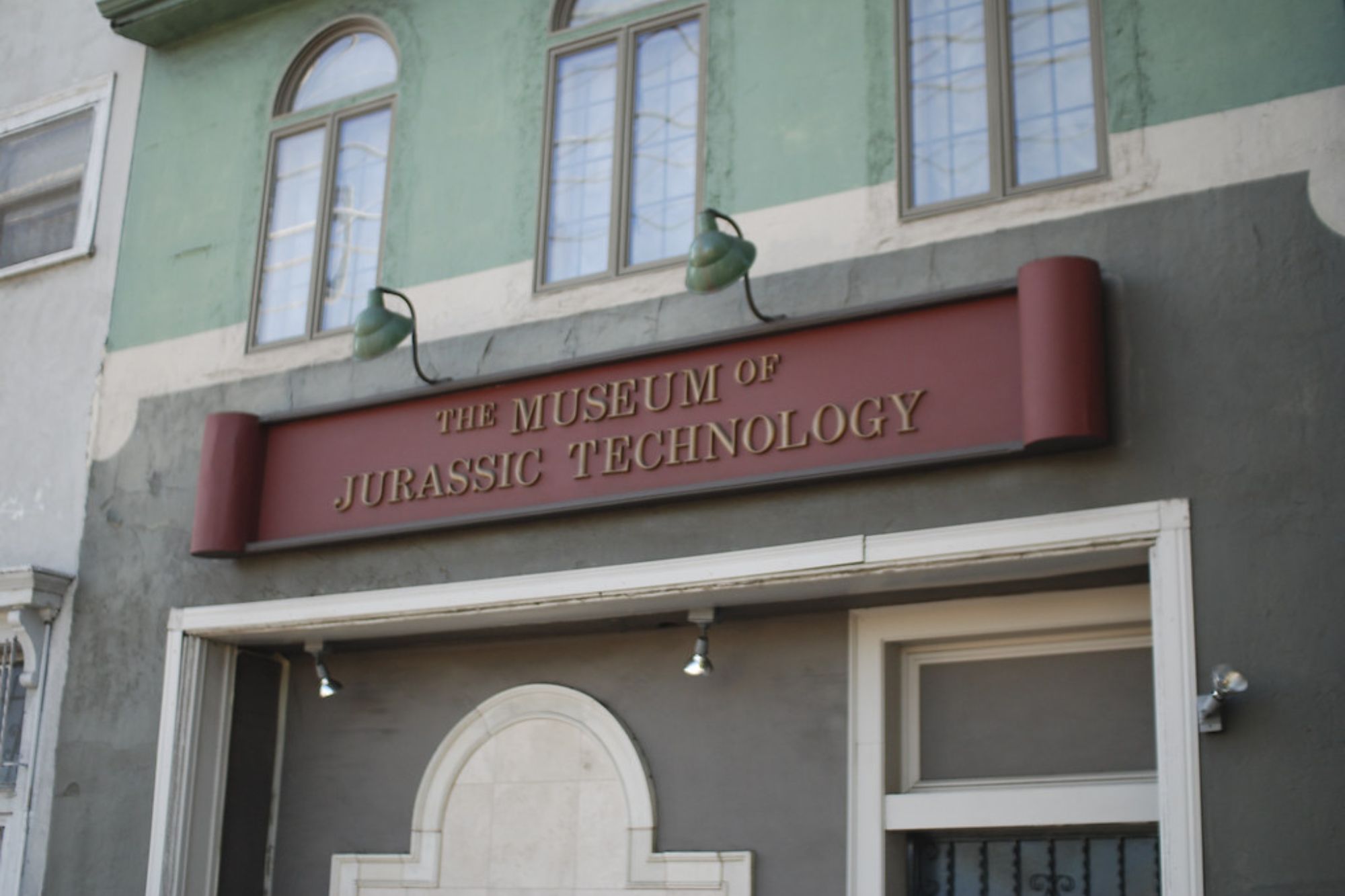
California’s Los Angeles presents a deliberately confusing blend of fact and fiction that challenges visitors’ assumptions about what museums should contain or accomplish. The institution displays everything from microscopic sculptures to exhibits about forgotten scientific theories, creating an atmosphere of scholarly mystery that keeps visitors guessing about what’s real.
Part art installation and part traditional museum, this place forces visitors to question the nature of knowledge and truth while providing genuinely educational content mixed with elaborate hoaxes. The museum succeeds precisely because it refuses to explain itself clearly, making every visit a puzzle that visitors must solve for themselves.
Like Travel Pug’s content? Follow us on MSN.
Pencil Museum
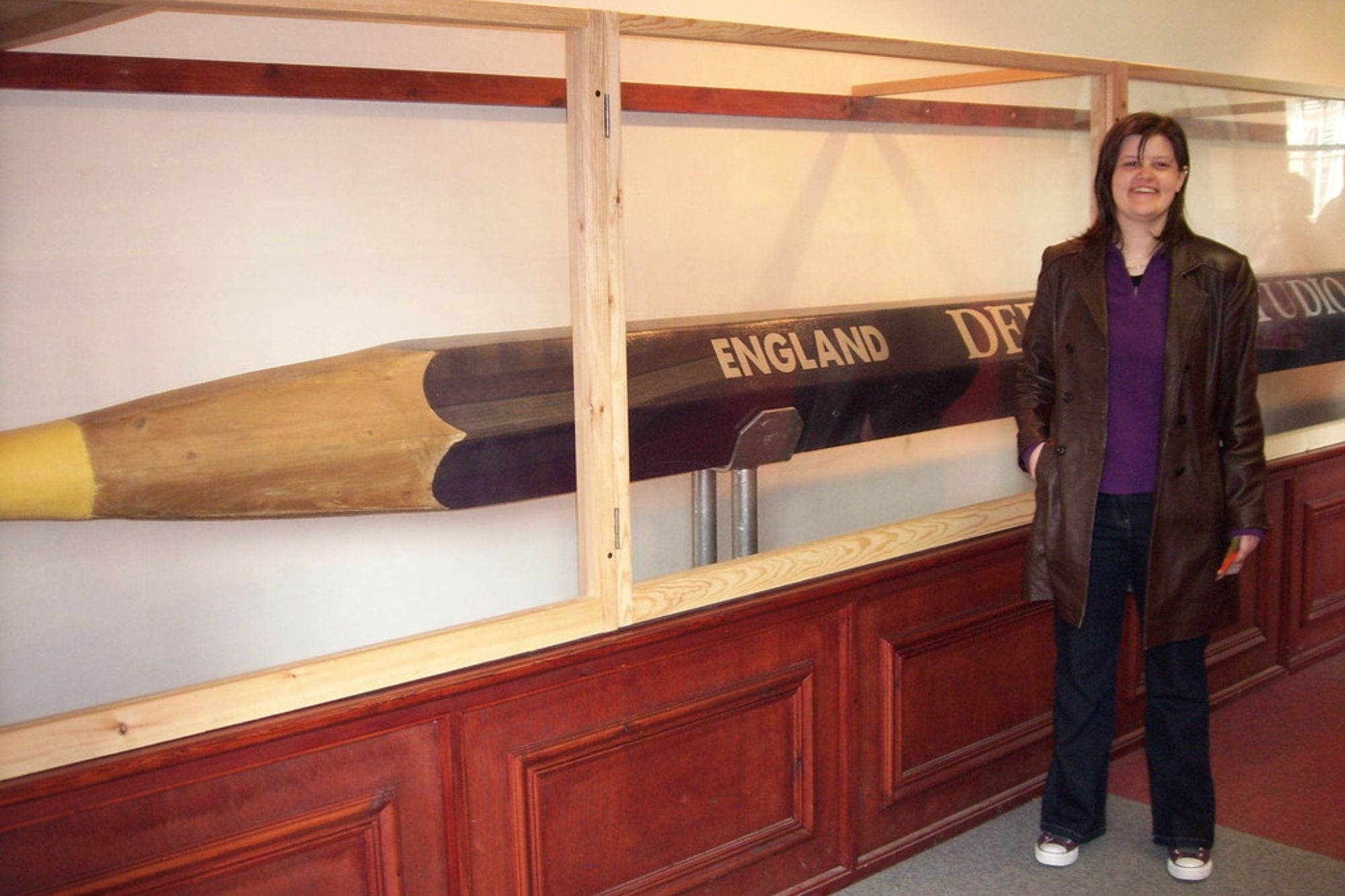
England’s Keswick celebrates the humble writing instrument with exhibits covering everything from the world’s largest pencil to the graphite mining history that made the town famous. The museum explains how pencils are manufactured while showcasing artistic creations made entirely from pencil shavings and graphite dust.
Visitors learn that pencil technology is far more sophisticated than they imagined, with different graphite hardness levels serving specific artistic and technical purposes. The museum proves that even the most common objects have fascinating stories when examined closely enough.
Museum of Death
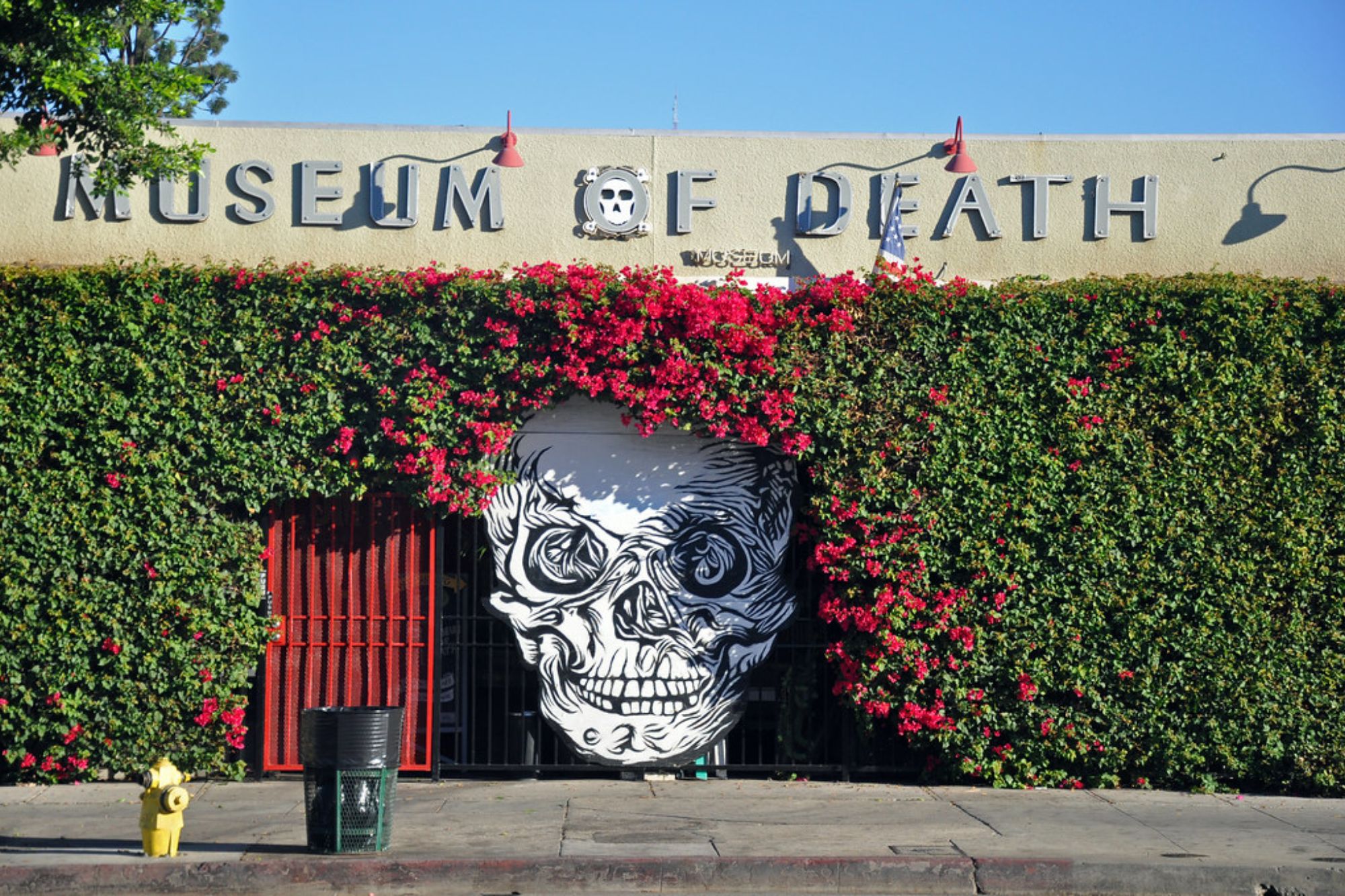
California’s Hollywood confronts mortality head-on with exhibits covering everything from serial killers to funeral practices, creating an experience that’s simultaneously educational and deeply unsettling. The museum doesn’t sensationalize death but rather examines how different cultures approach mortality while documenting humanity’s fascination with its own demise.
Original crime scene photographs sit alongside historical execution devices, forcing visitors to confront their own mortality in ways that most museums carefully avoid. Despite its macabre subject matter, the museum serves an important educational purpose by addressing topics that society often prefers to ignore.
Salt and Pepper Shaker Museum
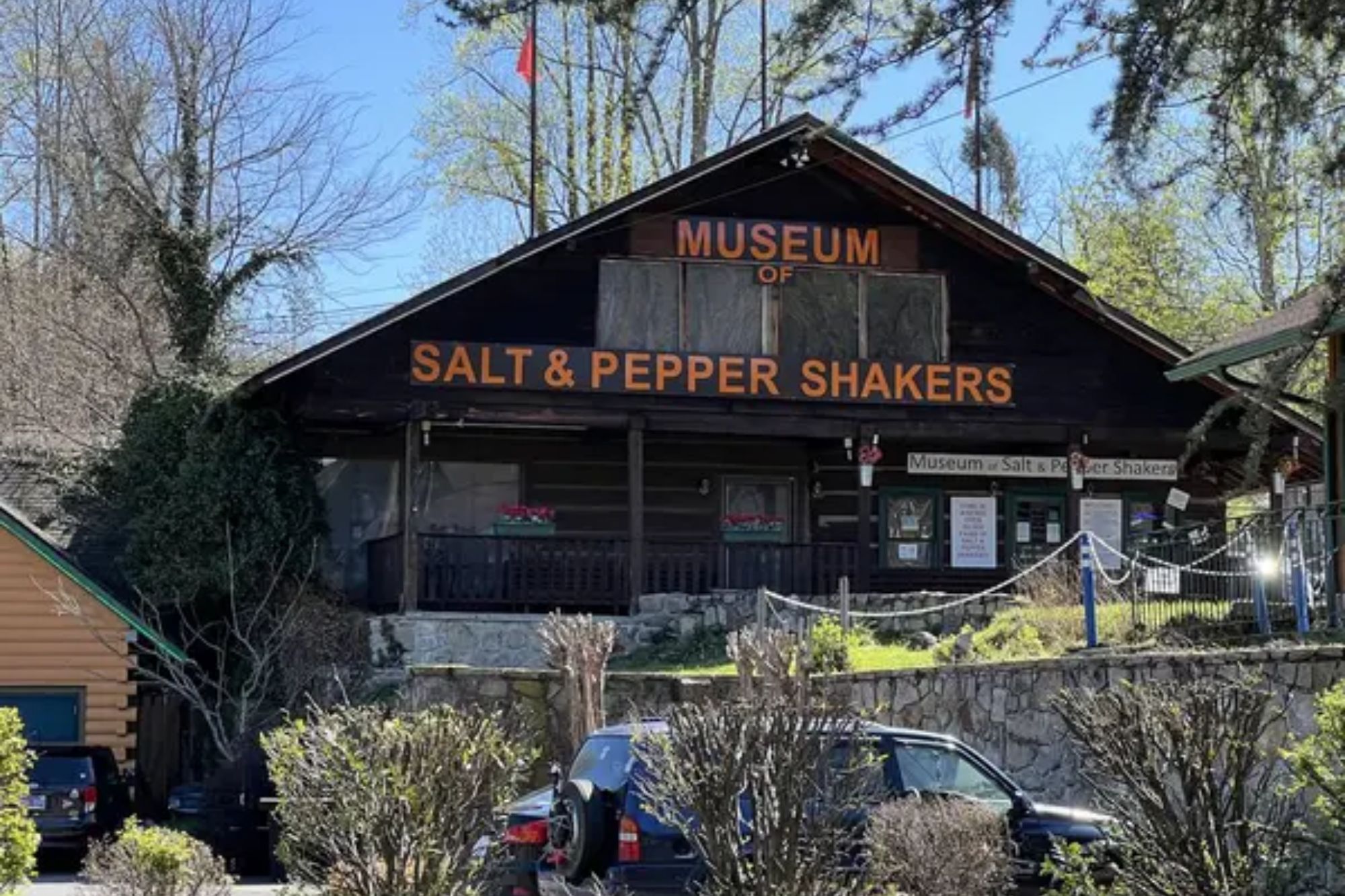
Tennessee’s Gatlinburg houses over 20,000 sets of salt and pepper shakers, proving that collectors will find beauty and significance in absolutely anything if they look hard enough. The museum displays shakers shaped like everything from famous landmarks to cartoon characters, demonstrating how these simple dining accessories have reflected popular culture across decades.
Visitors discover that the salt and pepper shaker design has evolved alongside broader artistic movements, making these humble objects unexpected windows into social history. The collection shows how everyday items can become art when viewed through the lens of passionate collecting.
Like Travel Pug’s content? Follow us on MSN.
Sulabh International Museum of Toilets
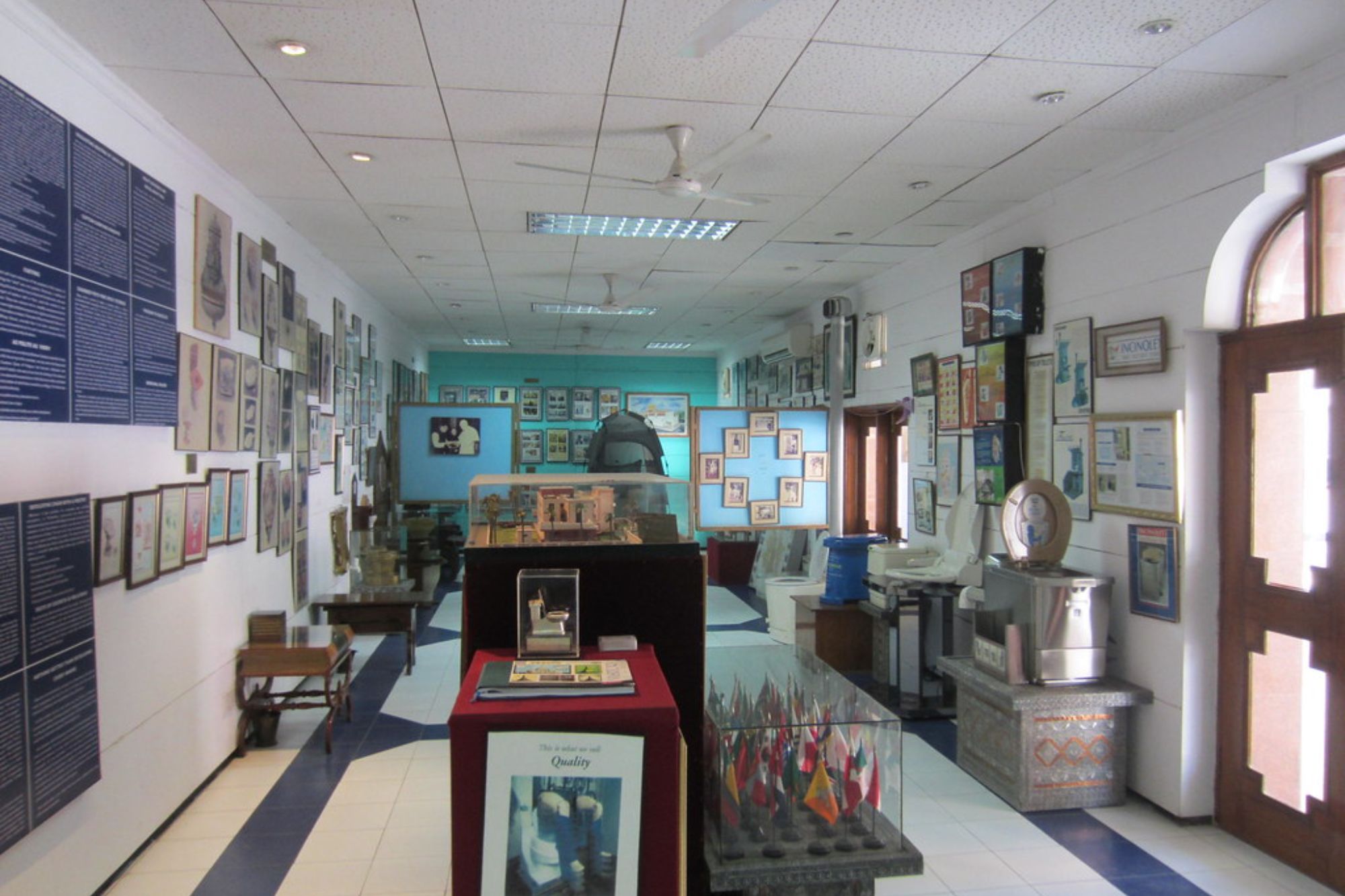
India’s New Delhi traces the evolution of sanitation through history, examining how different civilizations have addressed humanity’s most basic biological need. The museum covers everything from ancient Roman public latrines to modern composting systems, demonstrating how toilet technology reflects broader social and economic development.
Educational exhibits explain the ongoing global sanitation crisis while celebrating innovations that have improved public health worldwide. The museum tackles its potentially embarrassing subject matter with complete seriousness, proving that even the most mundane aspects of human existence deserve scholarly attention.
Ventriloquist Museum

Kentucky’s Fort Mitchell celebrates the art of voice throwing with over 900 ventriloquist dummies and puppets spanning more than a century of entertainment history. The museum displays famous dummies from television and vaudeville alongside handmade figures created by amateur enthusiasts, creating a comprehensive look at this unique performance art.
Visitors learn about the technical aspects of ventriloquism while experiencing the slightly unsettling atmosphere created by hundreds of artificial faces staring from display cases. The museum demonstrates how ventriloquism has evolved from ancient religious practices to modern entertainment, maintaining its ability to both amaze and disturb audiences.
When Passion Becomes Preservation
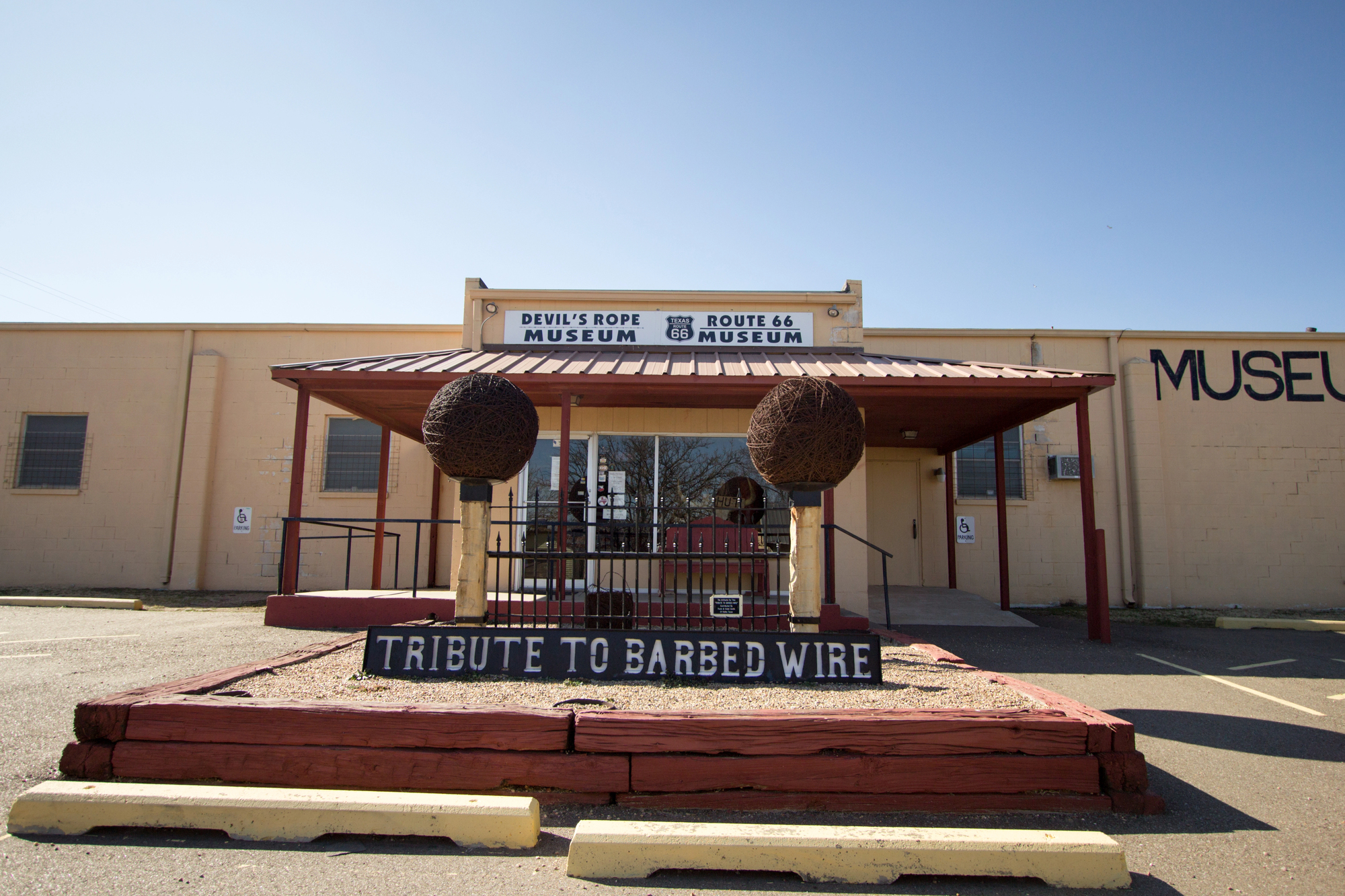
These unusual museums remind us that human curiosity knows no boundaries, transforming personal obsessions into educational experiences that reveal unexpected aspects of culture and history. While traditional museums focus on widely accepted forms of significance, these quirky institutions prove that meaning can be found in absolutely anything when approached with sufficient passion and dedication.
They serve as monuments to the collectors and curators who refused to let their interests remain private, instead sharing their enthusiasm with a world that didn’t know it needed to learn about instant noodles or toilet seats. In an age of digital everything, these physical spaces offer tangible connections to the wonderfully weird aspects of human nature that make our species endlessly fascinating.
More from Travel Pug

- 20 Best Beach Towns in the Carolinas
- 13 Destinations Where Tourists Regularly Regret Their Trip
- 20 Destinations That Are More Magical Without an Itinerary
- 20 Underrated Adventures That Belong on Your Travel List
- 20 Cities Where You Should Just Wing It, No Planning Required
Like Travel Pug’s content? Follow us on MSN.
